So, what is a frame rate, and why does it matter in the world of video production? A frame rate or frames per second (fps) is a fundamental aspect of video that can significantly impact the visual storytelling experience.
In this article, I will demystify the concept of frame rates, explain how you can use it in your videos and explore its role in creating cinematic magic, and the creative choices it has to offer.
The Frame Rate Basics.
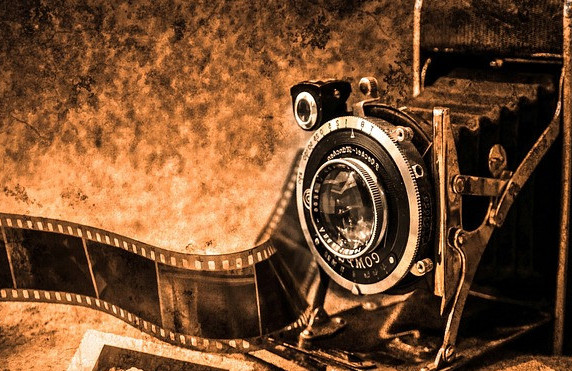
As I had mentioned just a moment ago, frame rates is frames per second. But what does that mean? It is the amount of frames that you are recording per second in a video.
A great example of how frame rates work is to compare it to if you have ever drawn out a stick figure flip book.
Each frame (or drawing in this case) combined together creates the illusion of motion. If you move the flip book fast, it will look like your stick figure is alive inside the book.
However many frames are taken within a single second is the frame rate. Frame rates are the number of images/frames that are shown in one second.
The common values are 25 or 30 frames per second or fps. These frame rates are not limited to just the two. There are other higher and lower rates
The exciting part of this is that through frame rates you can create different types of motion to tell a story! You can speed it up or slow it down when you need to.
Before I get ahead of myself, let me explain a little more about it. For example, when someone is watching a video they are in all reality watching multiple pictures played back in what looks like motion. It’s fascinating how in the replay that you can’t see each frame because it’s played back so fast that it is blurring it together to give off the illusion of movement.
How Frame Rates and Motion work.
With higher frame rates, such as 60 FPS or 120 FPS, the result is a smoother and sharper motion because there are more individual frames to bridge the gap between positions of moving objects. One great example is in fast-paced video games, where quick reactions and precision are essential.
However, lower frame rates, like 24 FPS, can create a deliberate cinematic feel to it. This is often preferred in film making because it can replicate the motion cadence established by traditional cinema, which provides a distinct storytelling atmosphere.
Say you increase your frame rate to 60fps from your camera that has 25 fps. With this, you’ll notice the speeds are much slower.
However, if you are recording in a lower FPS, then it can come out looking very choppy. This is because of your shutter speed. The frame rate and the shutter speed work together. Which brings me to the next topic below!
Using Frame Rates with Shutter Speed.
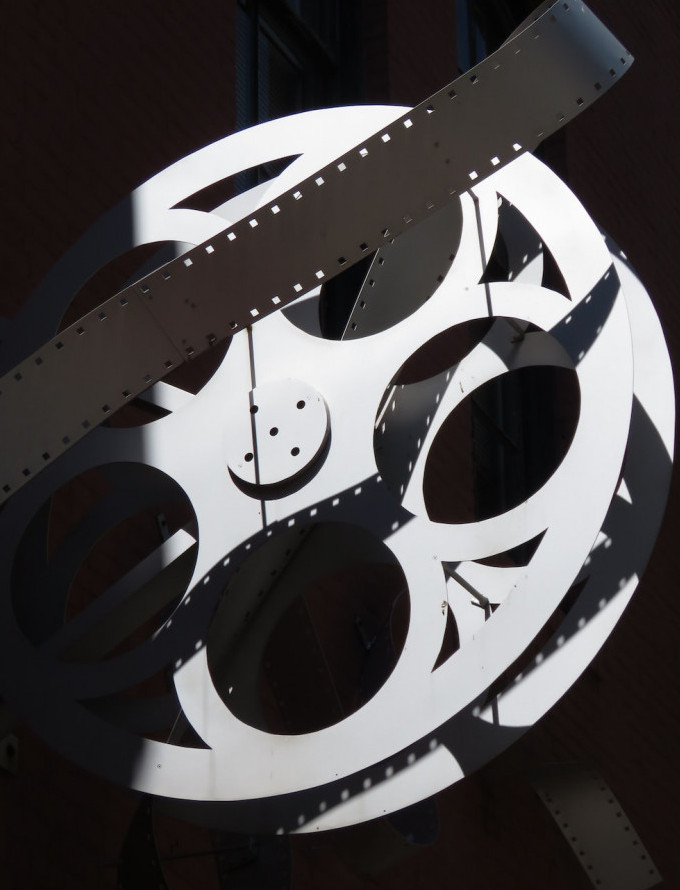
Remember just moments ago when I mentioned above how higher frame rates result in a smoother motion? Well, this only works when your frame rate matches with your shutter speed. So if your frame rate is at 60 fps, then you will want to keep your shutter speed at 1/60th of a second to match it.
In other words, if your camera has 25 fps, this means that the sensor is only able to refresh 25 times a second.
For that camera, the lowest the shutter speed is able to go would be 1/25th of a second.
This is only an example of course, there are cameras out there that can go lower.
Whichever type of fps your camera has, you’ll notice that you cannot decrease your shutter speed to anything less.
You can also increase your shutter speeds. So if you have 30 fps and you double your shutter speed to 1/60th of a second, you will notice a smoother shot and still keep the shutter speeds at a matching rate of the fps.
In other words, if your camera has 25 fps, this means that the sensor is only able to refresh 25 times a second.
For that camera, the lowest the shutter speed is able to go would be 1/25th of a second. This is an example of course, there are cameras out there that can go lower.
Frame Rates in Film and Creative Applications.
The cool part about frame rates is all the creative work that you can do with it! It’s amazing that while your using your camera to film something, it may look normal. However, depending on what you set your camera to, the results are completely different.
You can speed up or slow down what it is you are filming to create a more dramatic effect. It suspends a moment in time to capture what it is you’re trying to share.
Motion blur can be captured to add effect, too. In a lot of fast action movies, they use motion blur to tell a story or to add drama to a scene.
By changing frame rates strategically within a single video, creators can emphasize specific moments. Slowing down a sequence with high frame rates can intensify emotions, while speeding up with time-lapse can condense time and build anticipation.
Or another cool trick is slowing down a moment and then speed ramping/ speeding it up. This can dramatically change and capture the creativity of the person behind the camera!
Conclusion
Basically, frame rates are the building blocks of motion in visual effects that go along with recording on your camera. It can dictate how smoothly and realistically objects move on the screen.
Being able to understand the relationship between frame rates and motion is fundamental for both creators and viewers, as it enables us to appreciate the artistry of cinema and the beauty of animated sequences.
What’s amazing is having an idea in your head of what you want it to look like, plan it out and play with it on your camera. The end result is where the creativity really shines!
Please let me know in the comments below any tips or tricks you may have or any questions that came from your reading!

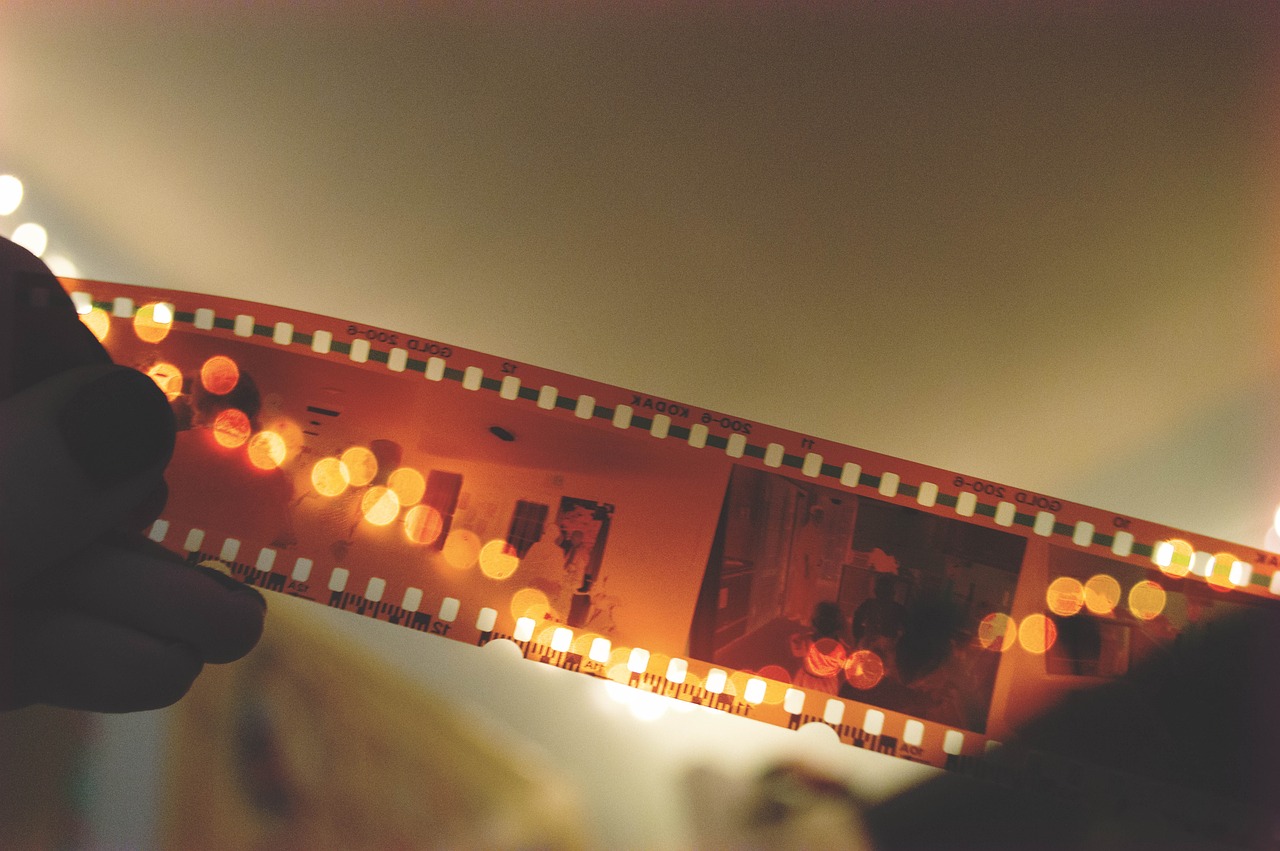
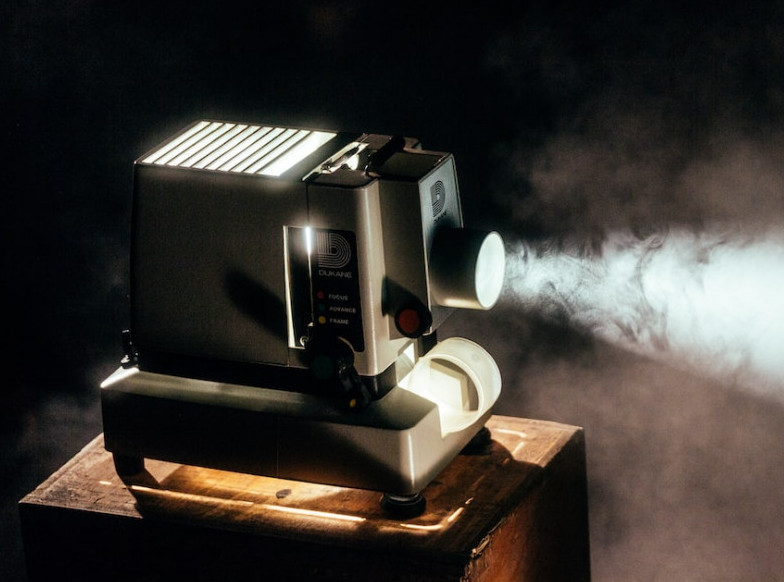
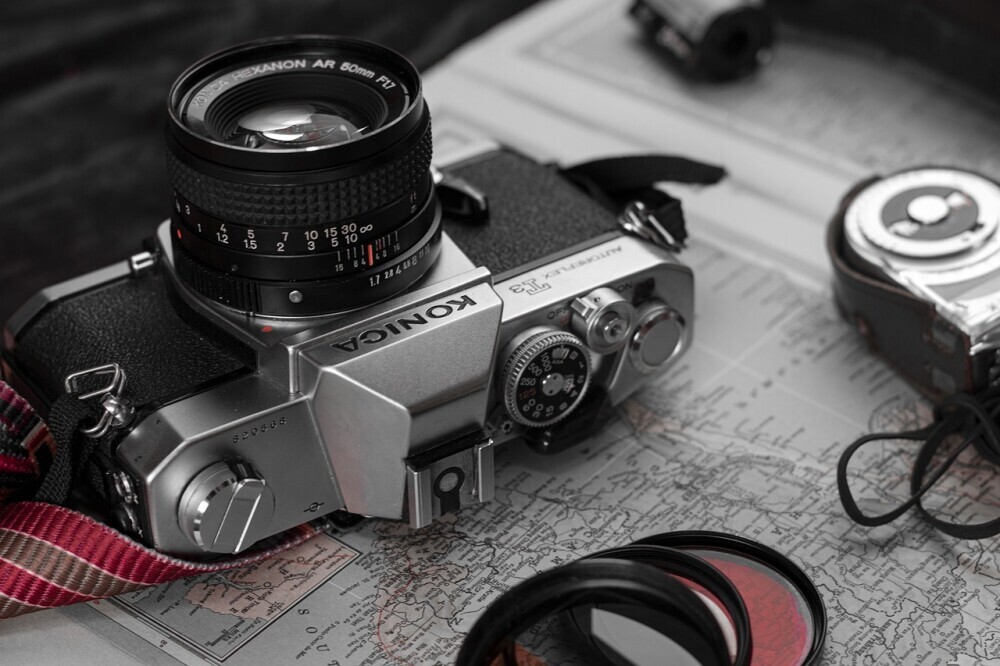
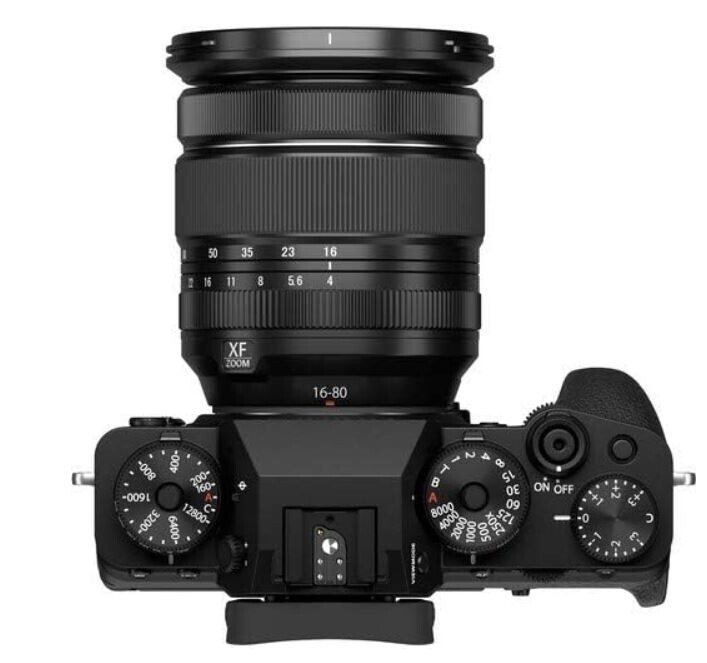

I have learnt a lot about frame rates and how it can affect the experience of the viewer. I love the comparison with drawing stick figures that seem to move when you flick through the pages, to explain what frame rates are. It makes if much easier to imagine and understand the concept of frame rates.
Changing the frame rate and shutter speed sound like a cool way to create interesting videos. But how easy is it for a beginner videographer to playing around with frame rates? Should one master creating standard videos before experimenting with frame rates? Thank you.
Oh thank you! I’m glad you found the information about frame rates informative! To answer your question, I think it’s equally important to play with the settings (frame rates, shutter speeds, etc.) on your camera just because it’s the hands on experience that is just as powerful.
What an insightful piece on frame rates, Kellan! It’s fascinating how something as technical as frames per second can play such a pivotal role in storytelling. Do you think there’s an ‘optimal’ frame rate for various genres of film, or is it more about the filmmaker’s personal style and intention?
Lou.
Hello Lou! Thank you! I think the optimal frame rate is more of a personal style depending on the story that the creator is wanting to tell. It leaves the scope of imagination wide open to play with so many variables 🙂 Thank you for your response!